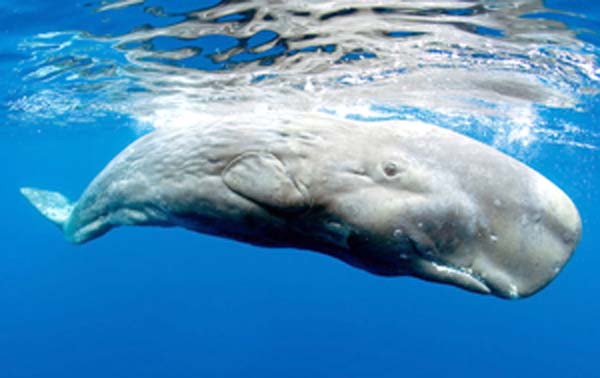Defensive mammals
It is said that the basic two responses when faced with danger are to run away or to attack however, when it comes to escaping death by predators, these mammals prefer to be a litter be more original. Let’s read and learn more about them:
1. Opossum, found from Canada to Costa Rica, reacts to extreme danger, by feigning death. It collapses to the ground and remains motionless, with its mouth open and its teeth bared. It even produces a putrid, corpse-like smell from its anal glands. As most predators prefer to kill their own prey, they soon lose interest in an apparently dead animal, leaving it alone.
 |
| Opossum, |
2. Potto is a small, nocturnal Africa omnivorous primate. Dun o its slow movements, it tends to be easy prey. It has a very unusual defensive method; it has enlarged neural spines on its vertebrae, which protrude from the neck and his shoulders. These spines have points tips and are used to ’neck-but’ the enemy. The spines also make it difficult to swallow.
3. Pangolin is covered with large scales, made of cemented hair. It feeds mostly on insects and is found in Africa and Asia. When threatened, it coils into a ball so tight, that’ almost impossible to unroll .the sharp edges of the scales make it practically invulnerable to most predators; it can also lash out wit In the powerful, heavy tail, causing serious injury with the sharp scales.
 |
| Pangolin |
4. Pygmy sperm whale is a small marine animal that is only 1.2 meters long. This makes it vulnerable to predators. To protect itself, it expels a jet of reddish, syrup-like substance through the anus and then uses its tail to stir it up, forming a large, dark cloud in the water. This momentarily conceals it from the predator’s sight and allows it to quickly swim to safety.
 |
| Pygmy |



0 Comments